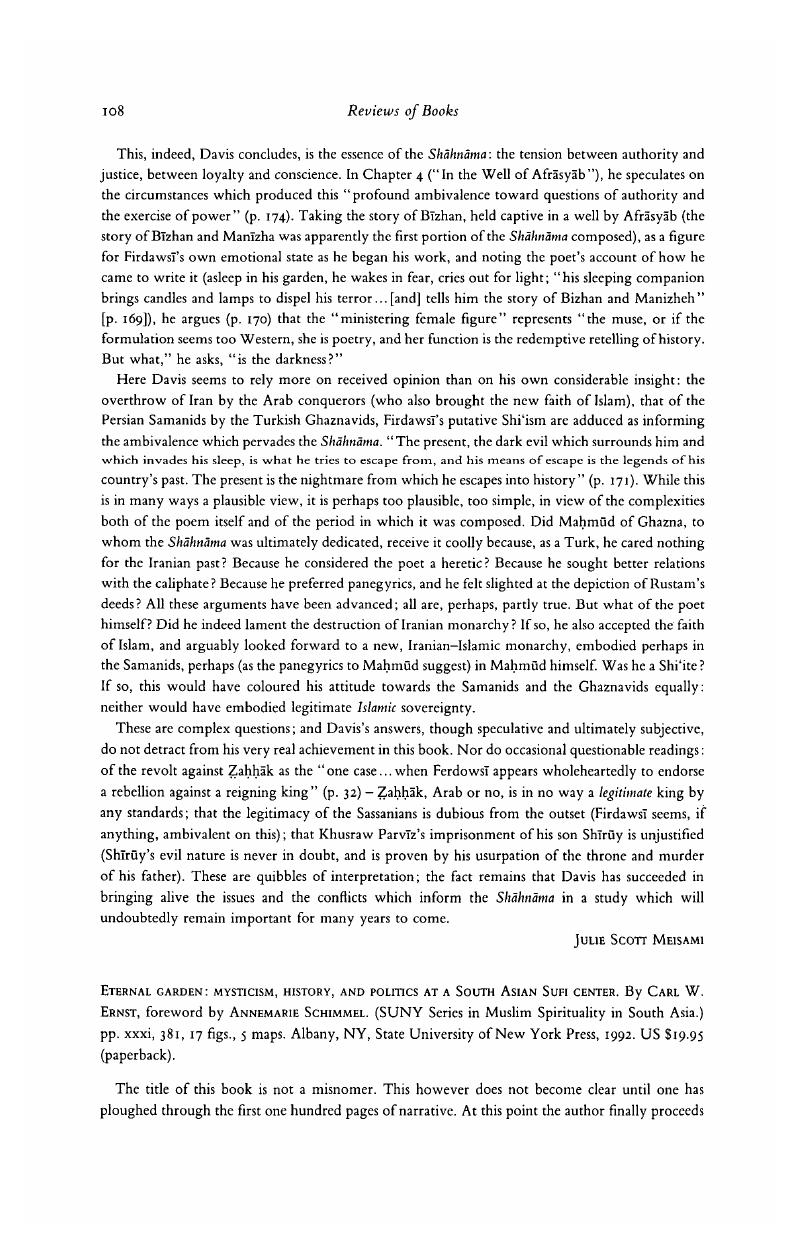No CrossRef data available.
Published online by Cambridge University Press: 24 September 2009

1 This description, I believe, much better applies to such influential writers as al-Muhāsibī (d. 857), al-Sulamī (d. 1021) and al-Qushayī (d. 1074), whereas al-Sarrāj's work was not as popular with the later mystics. See Sezqin, F., Geschichte des Arabischen Schriftums, (Leiden, 1967) p. 666;Google Scholar and the introductory note to Schlaglichte über das Sufitum. Abū Naṡr al-Sarrāğs Kitāb al-luma', introduction, translation and commentary by Gramlich, R. (Stuttgart, 1990).Google Scholar
2 One primarily thinks of the studies and critical editions of early Sufi texts accomplished by Bernd Radtke as well as the critical approach to early Sufism developed by Julian Baldick.
3 See Radtke, Bernd, Al-Hakīm al-Tirmidī. Ein islamischer Theosoph des 3./9. Jahrlnmderls (Freiburg, 1980), p. 38;CrossRefGoogle Scholar idem. “Psychomania in der Sufik”, Recurrent Patterns in Iranian Religions. From Mazdaism to Sufism (Studia Iranica, Cahier II), pp. 135 and 137 n. 14.Google Scholar
4 See, for example, Lane, E. W., Arabic-English Lexicon (London, 1872), i, pt. 1, p. 295.Google Scholar
5 See, e.g. Eaton, R. M., The Sufis o/Bijapur: Social Roles of Sufis in Medieval India (Princeton, 1978), pp. 283–5, where at least six social functions performed by Sufis are mentioned.Google Scholar
6 Turner, B.S., “Towards an economic model of virtuoso religion”, Islamic Dilemmas: Reformers, Nationalists and Industrialization, ed. Gellner, E. (Berlin-New York-Amsterdam, 1985), pp. 49–72.CrossRefGoogle Scholar